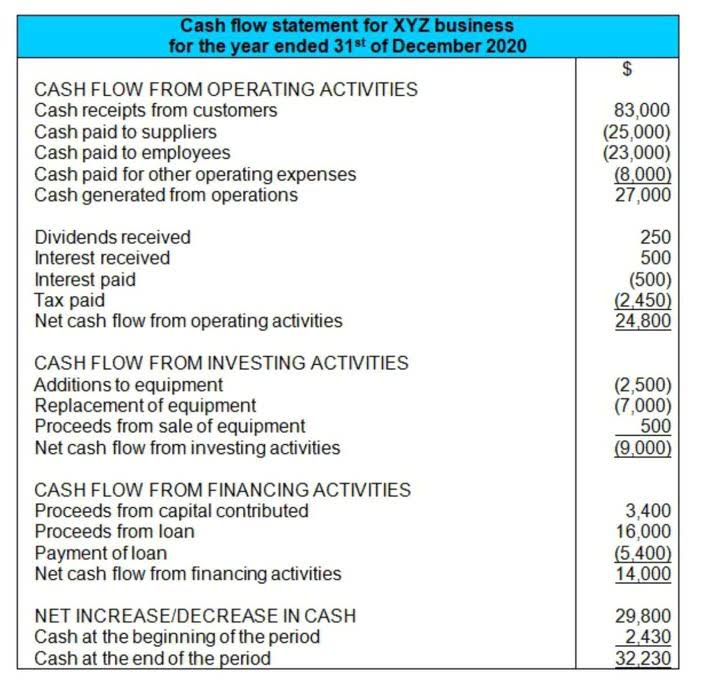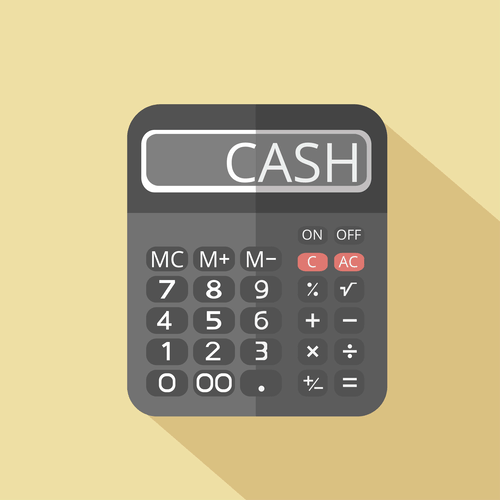2025 Best Natural Supplements For Alcohol Withdrawal: Tested And Reviewed
February 25, 2021Hello world!
January 23, 2023
In this article, you will learn what is the best way to ensure invoices are correctly coded and classified in the context of corporate accounting. The purpose of invoice coding is to streamline financial reporting, improve budgeting accuracy, and ensure compliance with internal accounting procedures and tax regulations. When businesses accurately code invoices, they can track expenses more effectively, allocate costs to the correct departments or projects, and reduce the risk of errors in financial statements. AR automation software uses predefined rules, templates, and machine learning to automatically assign general ledger (GL) codes, cost centers, and tax codes to incoming payments or invoices. It can read invoice details using OCR (optical character recognition), match them to customer records or contracts, and suggest or apply the correct accounting codes without human intervention. Tipalti finance automation software uses artificial intelligence, including ChatGPT, for automatic general ledger account coding and OCR/machine learning for invoice and expense Online Bookkeeping receipt data capture.
How to Use Invoice Matching Technology to Improve Your Process Efficiency
Codes are usually made up of numbers and letters and can become quite complex as a business grows and adds expense categories, departments, and locations. The financial landscape is evolving rapidly, creating unprecedented challenges for finance professionals. Shifting business priorities, tighter budgets, and outdated processes are driving stress levels to new heights, with 88% of finance professionals feeling the strain. Perhaps the most common example of invoice coding you’ll run across daily pertains to its use in the medical industry. Coincidentally, this is also the most common use of invoice coding you’ll run across for A/R purposes. Learn how to get started with automated audit trails for monitoring financial transactions, detecting anomalies and ensuring compliance to internal controls and external regulations.
Human Rights Policy

Systems can extract line-item details automatically, suggest the right GL codes based on past invoices, and check everything against business rules. This cuts down on manual work for routine invoices and lets AP staff focus on exceptions or more complex tasks. Within financial processes—especially accounts payable—invoice coding serves as the bridge between receiving an invoice and recording the expense in the business’s accounting system. Proper coding provides accurate financial reporting, helps with budget tracking, and prepares you for future audits. Manual invoice coding can be time-consuming, error-prone, and difficult to scale as a business grows. With the right AR automation tools, companies can streamline and standardize the invoice coding process—reducing manual effort, improving accuracy, and accelerating cash flow.

How to code invoices: The step-by-step process

On the other hand, mid-sized companies need more detailed coding to track departmental spending and project profitability. A growing marketing agency, for instance, might code invoices by client, service type, and internal department to see which clients and services are most profitable. They need accountability at the department level and deeper financial analysis. Mid-market systems with customizable workflows and multi-dimensional coding work well for them.
Challenges with manual invoice coding
Businesses use GL codes to track the account, department, location, project, or cost center responsible for the incoming invoice. The codes help accounts payable departments allocate vendor payments to the right budgets, track expenditures, calculate profitability and performance, and produce financial reports. Switching from manual to automated invoice coding offers more than just time savings — it transforms the way AP teams operate. With automation, finance leaders gain better control, faster processing, and cleaner financial data across every invoice touchpoint. As invoice volumes grow, relying on manual coding processes creates more complexity than control.
As you consider the path forward for your accounts payable process, remember that automation is not just a tool; what is invoice coding it’s a catalyst for efficiency, accuracy, and financial success. It’s the key to unlocking the full potential of your organisation’s financial operations, ensuring that due dates are met, account codes are precise, and your financial journey is smoother than ever before. Human errors in coding can lead to misallocation of expenses, which can have a cascading effect on financial reporting and budget management.
- If there’s uncertainty, check with the department manager before assigning codes.
- Start by checking that the invoice includes all required details—vendor information, invoice date, due date, itemized charges, and payment terms.
- To make things easier, we’ll split the next step into Step 2A (PO invoices) and Step 2B (non-PO invoices).
- Once captured, the extracted data undergoes rigorous validation against predefined criteria, ensuring accuracy and compliance with your accounting system.
- Businesses use GL codes to track the account, department, location, project, or cost center responsible for the incoming invoice.
Finance automation that puts you in charge
This feature is required from the government in most countries from 2020, I don’t know where is the team of developers? While I can’t recommend a specific app to you as there are many great ones for you to choose from, I can include a link to our app store. I’ve also taken the liberty to search for inventory management apps in that link to help you narrow down your search. You can visit our QuickBooks Apps to check for an application that can help you add QR code to your how to code invoices invoice. In simplified e-invoice for B2C transactions, QR codes must be included with basic invoice and taxpayer information.

Vendor management
- A unique number is issued for each invoice uploaded on the Invoice Registration Portal (IRP).
- This provides greater financial granularity, improves budget tracking, and ensures expenses are tied to the right part of the business.
- When inventory items and other types of large purchases are ordered, POs will apply.
- They also provide powerful analytics and reporting capabilities that let you see KPIs and trends in real time.
- This approach replaces time-consuming manual processes with intelligent, system-driven workflows that streamline accounts payable operations.
- With the right approach and tools like Nanonets, you can turn invoice coding from a tedious chore into a powerful driver of efficiency and accuracy.
These codes are typically tied to specific categories within your company’s chart of accounts, which is essentially a master list of all the places where your company spends and earns money. unearned revenue The codes help you break down expenses in a way that makes sense for your business. Invoice coding lets you allocate and manage expenditures by location, product line, department, or project. It’s a vital tool for allocating and managing expenditures and calculating profitability.
Limited visibility into invoice status and financial exposure
Following a systematic process helps keep things consistent and prevents expensive errors from slipping through. It brings structure to your data, supports meaningful analysis, and helps you stay compliant with accounting standards and tax regulations. In this guide, you’ll discover what invoice coding involves, get a step-by-step look at the process, and learn how effective coding practices can transform your financial accuracy and business operations. Centime’s cutting-edge AP automation solution delivers an unparalleled coding experience. It’s equipped with enhanced dropdowns, intelligent search capabilities, and dynamic viewing adjustments, all housed within a dedicated coding space crafted for focused precision.
